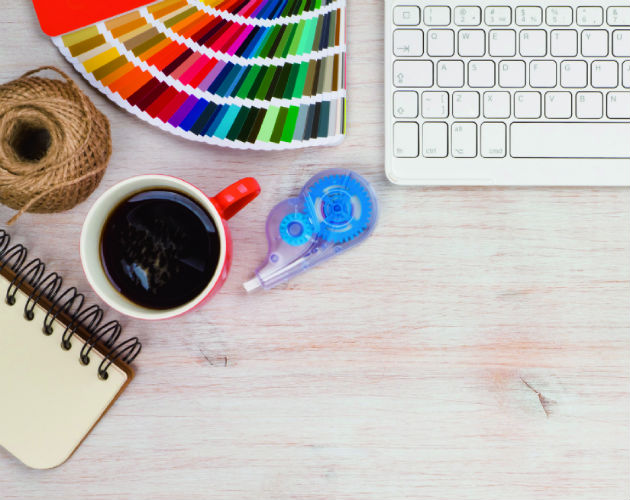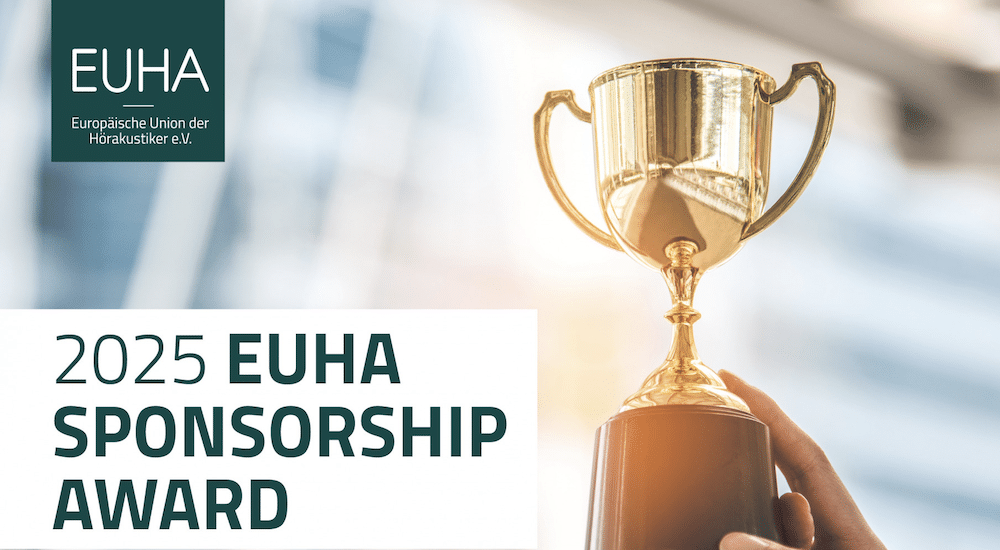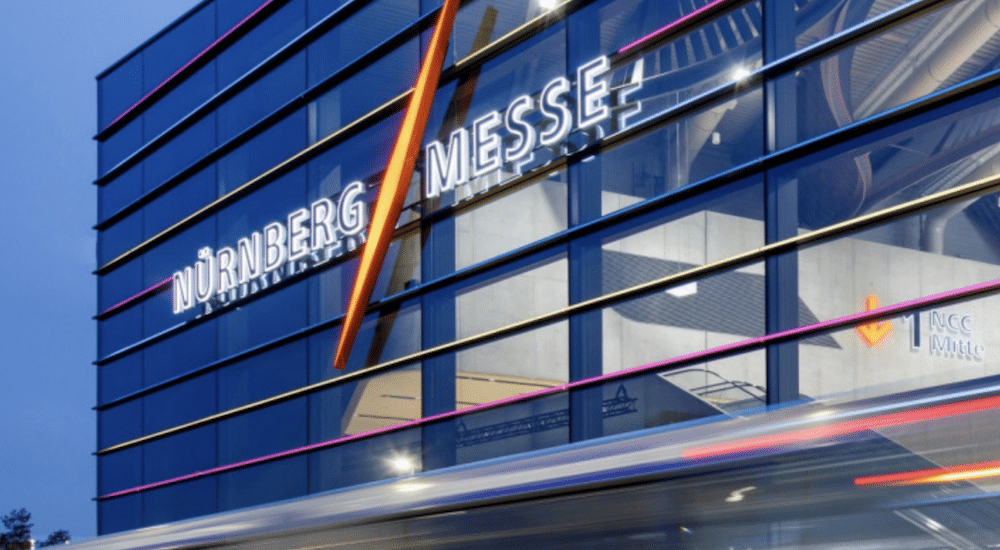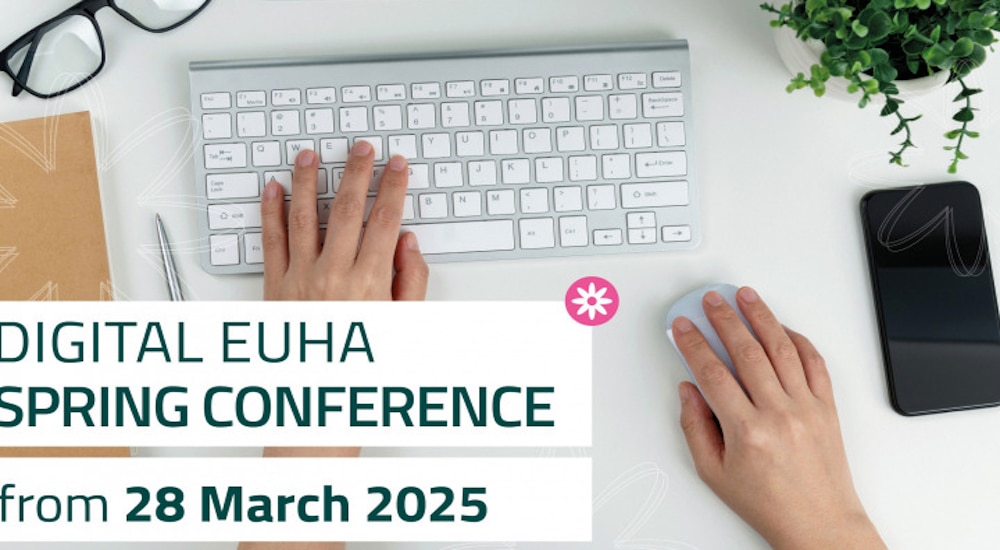Hip hearing aids as a fashion statement?
Trends
Eye glasses are available in all possible shapes, models and colors. But when it comes to hearing aids, invisibility is still often the norm. However, good design can also make all the difference to a hearing aid. Where is the Giorgio Armani of the hearing industry?

Let’s look back at how design developed.The design of the smallest devices inthe world is no easy task, says CarlosHinrichsen, jury member of the Red DotDesign Awards: “Designing hearing aids is a complexendeavor. The designer must clearly incorporate thelatest technology into a very small area. It must alsobe integrated into the organic physical structure so thatit fits perfectly into the ear.”
What is the process to reach such an intricate design?Mirko Meier-Rentrop, Director of Media Relations atSonova AG, gives us some insight into how it all worksat the company’s affi liate Phonak. It all begins with theusers of the devices, he says. “The design depends ondemand from the market. And this always comes from the consumer. How do the devices function at work? Andduring free time? Is the device regularly exposed to noisyconditions?”
Phonak holds sessions with clients of various ages, bothexperienced users of hearing aids and new users to gainmore insights. “We try to find their preferences by lookingat various mood boards together. What do they identifywith? What provokes their emotions?” The mood boardscontain designs from the car and watch industries, forexample. They are also shown pictures of various kindsof loudspeakers. Which ones do they find attractive? Withcubes of various sizes, they can indicate which formatappeals to them. Tactile items help to find out whichmaterials feel good and which don’t.Under the supervision of graphic designers, the peopleshare their ideas and come up with their own design.
“We try to get as close as possible to their ideal hearingaid”, says Meier-Rentrop. Phonak uses the full range ofmethods to discover the wishes of clients: focus groups,workshops, simulations, and qualitative interviews. “Thishelps us to work out which direction to go with a design;it’s all input for the developmentprocess.”
The main question is, however, notwhat the optimal solution is. “Whatwe want to know is what the clientwants to see. What turns a day in theirlives into a successful “hearing day”?A series of prototypes emerges fromthe exploratory phase we mentioned,and Phonak studies these further. Thedesigners come back to take a peekmuch later in the process: six monthsto one year before production can start.
Invisible or personal statement
Is a pleasant look really important ina hearing aid? Or should the device stand out as little aspossible? “I think that invisibility is fantastic”, says RichardZoetemelk, CEO at Sivantos Benelux. “With eye glassesit doesn’t matter, but with hearing aids it clearly does.
Suppose that invisibility was not possible, then that wouldbe an obstacle for some of the people with hearing lossfor buying a hearing aid.” But there is clearly a differencebetween the generations. Younger people are more usedto wearing something behind or in the ear. “They areused to technical aids for anything, as multifunctionalelements.” He finds that young people enjoy brighteningup hearing aids.
“And anything goes. Bright red hearing aids, or orangeones with glitter.” Not only what is visible on the outside.Even if the device is worn in the ear, you can go for atrendy color. “Many young seniors want hearing aids thatstand out, not only children. And boundaries betweentarget groups are not so black and white. They are alwayslooking for new forms and may join your target group.”There are clients who like gadgets, and fun apps. For each type of client, there are specific items that are important.Design is therefore clearly fundamental, says the SivantosCEO. “Color has no value audiologically, it’s just nice. Ifyou’re sensitive to design, you also want an attractivehearing aid. But irrespective of it looking good, it mustbe comfortable.” This issomething embraced by allhearing aid manufacturers.Nonetheless, attention toa high quality finish andoffering a full color paletteis important, says CoreyBanham, Design Manager atUnitron. He also emphasizesthe various attitudes clientscan have concerning (in)visibility: “We devote a lot oftime to the development ofa color palette with optionsfor hearing aid wearerswho don’t want to standout, but also for people whowant to express themselves more personally.” This groupsometimes even does cut-and-paste work, says MirkoMeier-Rentrop. “Some put nail polish on their hearing aidsor glue small diamonds to them.”
Incentive to sell
Customization is part of the trend towards hearables andwearables. According to Banham, hearing aids are partof this “revolution”. “There are also other technologiesaround hearing. This helps to move away from thestigma attached to using hearing aids. We’re likely to seemore and more cross-overs between hearing aids andwearables/hearables.” “What will the next generationof hearing aids look like?” asks Mirko Meier-Rentrop.“Will consumer electronics and hearing aids move closertogether? We are in a period where the interface betweentechnology and people is increasingly strong, for instancewith Google Glass and Google Watch. Youngsters arethe ‘look down generation’, who constantly check theirsmartphones. But in the future, hearables and wearableswill increasingly become a part of your body.”
Mirko Meier-Rentrop is also convinced thatdesign can influence sales. As a PR expert,he highlights another point: “Design can be a useful supplement in PR. Our designer has really done usa service these last four years in this area. He was ableto differentiate our product range through design. WhenI started working in this industry over 12 years ago, youcould barely see the difference between the hearing aidsof the different companies. Now, you can immediatelyidentify where a hearing aidcomes from.”
Acceptance
Aside from handsome salesfigures, an attractivelydesigned device canachieve a greater goal: itcan help with acceptanceof hearing aids. “The firstimpression of a potentialuser determines whetherhe or she has a positivefeeling about the productand goes through to tryingout the device”, says CoreyBanham. “Hearing aids arejam packed with amazingtechnological features. Butto be accepted by wearers,the outside of the deviceis just as important as theinside.”
He believes that the stigma of wearing a hearing aidensures that the format is one of the most importantfactors in design. “The outside must look impressive, be ofhigh quality, and reflect the significant investment made.In the design of hearing aids, we can learn from the designof products in other industrial sectors. The car industry,for instance, puts great energy into the design of the linesand details of its vehicles. They’re trying to create realeye catchers. When the sun shines on a well-designedcar from several angles, the lines become apparent andspring to life. This ensures that potential clients have apositive emotional reaction. We also put this energy into our hearing aids. When you hold them to the light, all thesmooth curves become apparent, giving the illusion that itis carved from one piece.”
Essentials of good design
“The best design is one that is the least intrusive”, saysCorey, Design Manager. “Using thelatest technologies, it can simplydisappear and become invisible, whilethe wearer enjoys the advantage of thesound amplification he or she needs.”When asked what he finds importantin the design of assistive devices forhearing, Corey answers: “Our visionat Unitron is that we want to offer themost seamless solutions, to supportusers of hearing devices. Users oftechnology always want an experiencethat runs flawlessly. Hearing aidwearers are no exception to this rule.And since hearing aids are worn allday, this is even more important.”
The design philosophy at Unitron hasthree priorities: esthetics, comfort,and intuitive functionality. “The actualhearing aid must prompt a positiveemotional experience for the wearer.There must be no sore points, fromthe first impression to daily use. The more we can createthis experience for our end users, the more they willappreciate their hearing aid. Our design team constantlylooks for opportunities to improve this experience.”“Good design is simply an expectation of the user”, saysBanham. He says that Unitron constantly gauges theexperience of users, including their assessment of thedesign. The client is the focal point, including in design.A principle that other hearing aid manufacturers alsostrive for.
To discover which recent design prizes were awarded to the hearing industry, read this article on the AAA special AWN issue (flipbook):
And follow the congress onTwitter @Audioworldnews.


